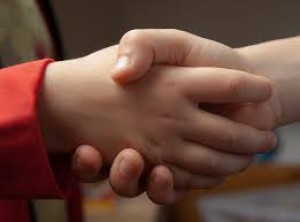Why Children Should Learn to Shake Hands

At every Perform class, we have a focus of the week. The focuses are usually based on a practical social ability such as Eye Contact, Volunteering or How to use a loud voice .
This week, our topic is How to do the perfect handshake. Even though the children are young, I believe it's important for them develop life skills for the future. And let’s face it; being able to give a decent handshake is pretty vital.
When I was putting together the lesson plan, I was reminded of when my son Tom started his Nursery School at the age of three. Every day, the Head teacher would release all the children to parents by individually shaking each child’s hand and saying goodbye to them with eye contact. She believed establishing a routine like this would help build ease and assurance when they were adults in social situations.
Shaking hands is something that we do as adults and it’s part of our body language. So why not learn to do it when you’re small?
As with most things, I think children learn and retain information better if they’re actually experiencing things firsthand rather than being told simply ‘do this’. So, as we’re in The Wild West this term, we meet The Ranger who teaches us how to do the perfect handshake. Some of us pretend to be Pepper,the horse, whose hoof-shake is too heavy, and some of us pretend to be Billy the Goat whose handshake is light.
The Ranger teaches us that a handshake should be firm, last a few seconds and to pump the hand 2-3 times before letting go. And that it’s important to always look the person in the eye.
The custom of the handshake started in medieval times when people often concealed weapons in their hands. The handshake was a way of affirming that neither you nor the person you were greeting was carrying anything intended to harm. Over time, it evolved into a polite greeting. It’s really interesting looking at greeting customs in other countries too.










 Recent Posts
Recent Posts Recent Comments
Recent Comments
 Archives
Archives

Leave a comment